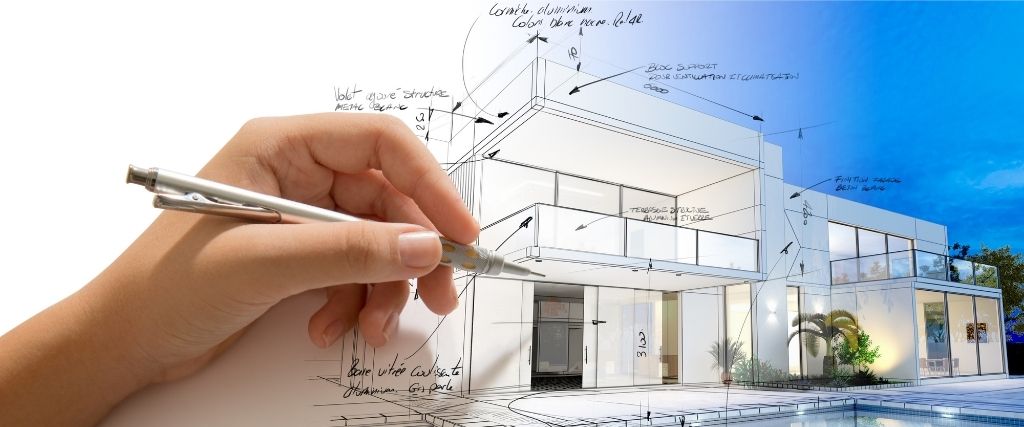
BIM is a process for creating and managing information on a construction project throughout its whole life cycle. As part of this process, a coordinated digital description of every aspect of the built asset is developed, using a set of appropriate technology. This digital description likely includes a combination of information-rich 3D models and associated structured data such as product, execution and handover information.
Internationally, the BIM process and associated data structures are best defined in the ISO 19650 and 12006 series of standards.
Homeowners today have the benefit of embracing the global surge of Building Information Modelling (BIM) technology. Known for its accuracy and efficiency, BIM has revolutionized the construction process, from concept development to completion. With this technology, homeowners now have the opportunity to be more involved in the planning, design, and construction of their homes. If you’re a homeowner looking to leverage BIM, this blog is a helpful resource. Read on to discover more about the potential of BIM and what it could mean for your home.

How can BIM help you?
In the early stages of a BIM project, a collaborative team is assembled. It agrees with the information structures to ensure that the design information developed is coordinated and will be of maximum benefit to those involved in the construction and operation stages. Involvement of those that will be involved at a later stage of the project (such as manufacturers or the client’s FM team) can greatly help with this initiation.
As the project enters the construction stage, the information developed can be used to plan and build more efficiently. Where revisions to the design are required, any changes can follow the agreed process in a transparent and recorded way.
Finally, as the construction project is completed and the in-use stage commences, the information that has been modelled can be used to operate the built asset. Real-time information about the asset’s performance is modelled so that certain aspects of the built asset have a ‘digital twin’ equivalent. Not only does this provide a great deal of information about the construction project as a whole, it also allows for a level of transparency and communication that wasn’t possible before. BIM has the potential to change the construction industry as we know it, and homeowners stand to benefit greatly from its adoption.

